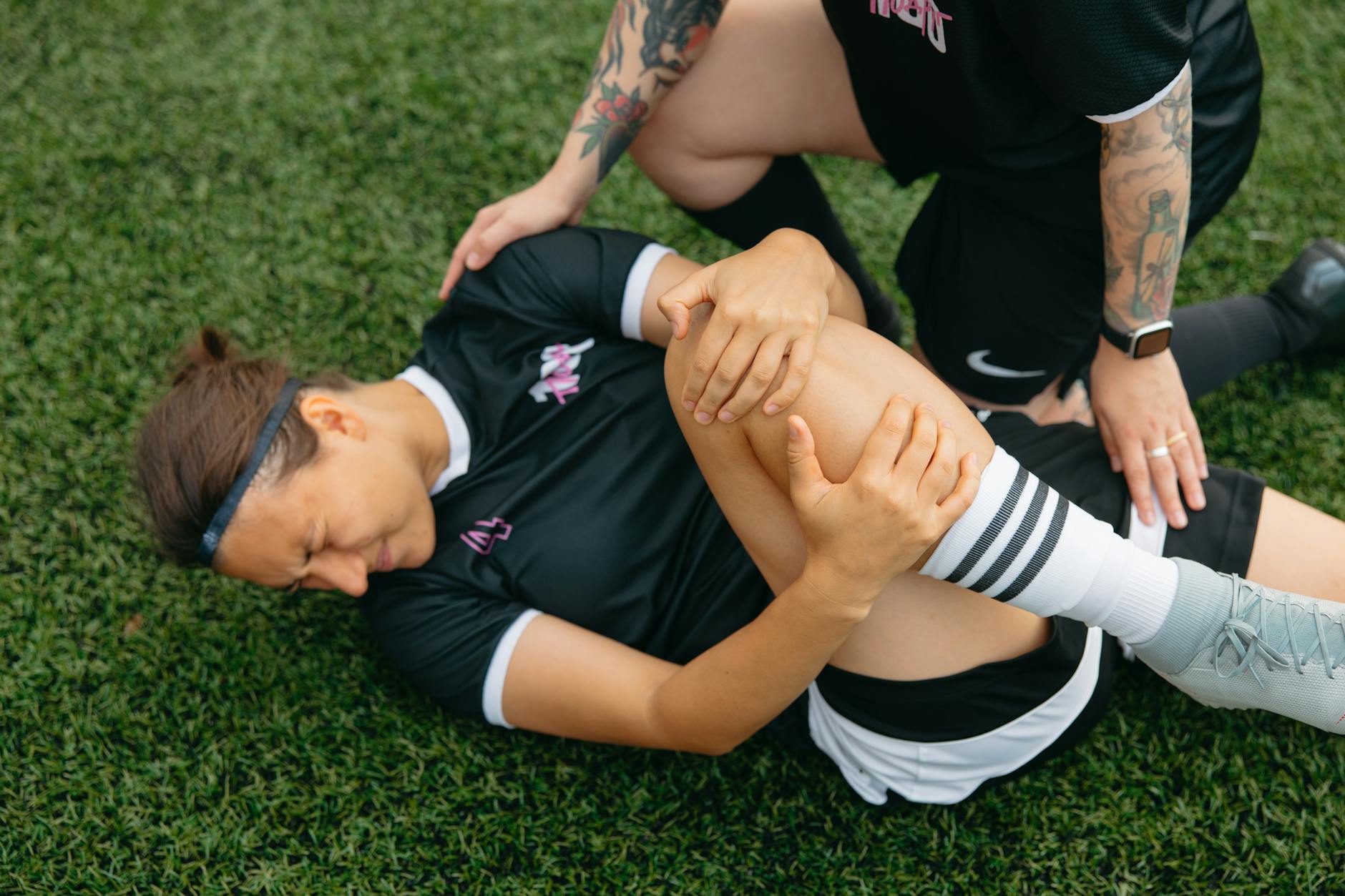
You don’t realize how much you rely on your knees until they hesitate
It starts with something small. A click. A step that feels off. You ignore it. For days, sometimes months. Then there’s a slow ache after standing too long. Then stairs feel taller. Then sitting down becomes something you prepare for.
Your knees don’t scream. They whisper. Until one day, you can’t pretend not to hear them.
You begin to adjust without knowing you are.
You begin to adjust without knowing you are
You stop kneeling. You hold handrails longer. You hesitate before standing up. People ask what’s wrong. You say “nothing,” because nothing happened. No injury. No moment. Just this slow, creeping change.
And that’s what makes it hard to explain.
Pain without reason feels harder to validate.
Pain without reason feels harder to validate
Maybe it’s overuse. Years of running, squatting, lifting without thinking. Or maybe it’s a past injury never fully healed. Something small, ignored, now returned with interest. Or maybe it’s inflammation. Or cartilage. Or a ligament that doesn’t trust you anymore.
You search for causes online and get lost in the possibilities.
Everything sounds like it could be true.
Everything sounds like it could be true
You try rest. Ice. Bracing. It helps—then doesn’t. The ache always returns. You try new shoes. A different chair. Supplements someone swore by. A slow walk instead of a fast one.
Your routine becomes a delicate negotiation. Between what you want to do and what your knees allow.
You start measuring time by discomfort.
Your routine becomes a delicate negotiation
Eventually, you see someone. A specialist. They ask when it started. You say, “I’m not sure.” Because there wasn’t a beginning. Just an accumulation. They watch how you walk. They listen longer than expected. They don’t call it aging. They call it wear. Load. Impact.
You feel relief, just hearing someone name it.
You feel relief, just hearing someone name it
They don’t go straight to solutions. They ask what you’ve tried. What’s helped. What you miss doing. Then they move your leg gently. They ask you to squat, to twist, to resist. Not to hurt you—but to understand what your knee isn’t saying out loud.
You realize how much you’ve adapted.
They ask what you miss doing
Maybe it’s tendinitis. Maybe arthritis. Maybe a meniscus. The words don’t matter at first. You just want a plan. Something that feels less like guessing. They offer options. Not all at once. Not with urgency. With care.
You hear: “We’ll take it step by step.”
And for the first time, that feels enough.
You hear: “We’ll take it step by step”
Sometimes it’s physical therapy. Slow, controlled movements. Teaching muscles how to hold better. Sometimes it’s injections. Sometimes surgery. But more often, it’s rebuilding trust between you and a joint that learned to flinch.
You don’t just recover strength. You recover confidence.
That part takes longer.
You recover confidence
You do your exercises. You ice at night. You track progress in inches, not miles. You have setbacks. You rest. You keep going. There’s no dramatic turning point. Just one day, you notice you’re walking without thinking. That’s how you know it’s working.
It doesn’t come all at once. It returns slowly. Quietly.
Like mobility is remembering itself.
One day, you notice you’re walking without thinking
You stop avoiding stairs. You kneel to reach something and only realize afterward. You sit without shifting. You lift a bag without bracing first. Small things. But everything.
You’re not fearless. You’re just more familiar with the ache—and what it means now.
You’re more familiar with the ache
People ask what worked. You say, “I started listening earlier.” You mean it. You learned that pain doesn’t just happen. It builds. It signals. And sometimes it waits until you’re still enough to hear it.
You don’t wait as long now.
When your knee whispers, you don’t ignore it.
You answer.
